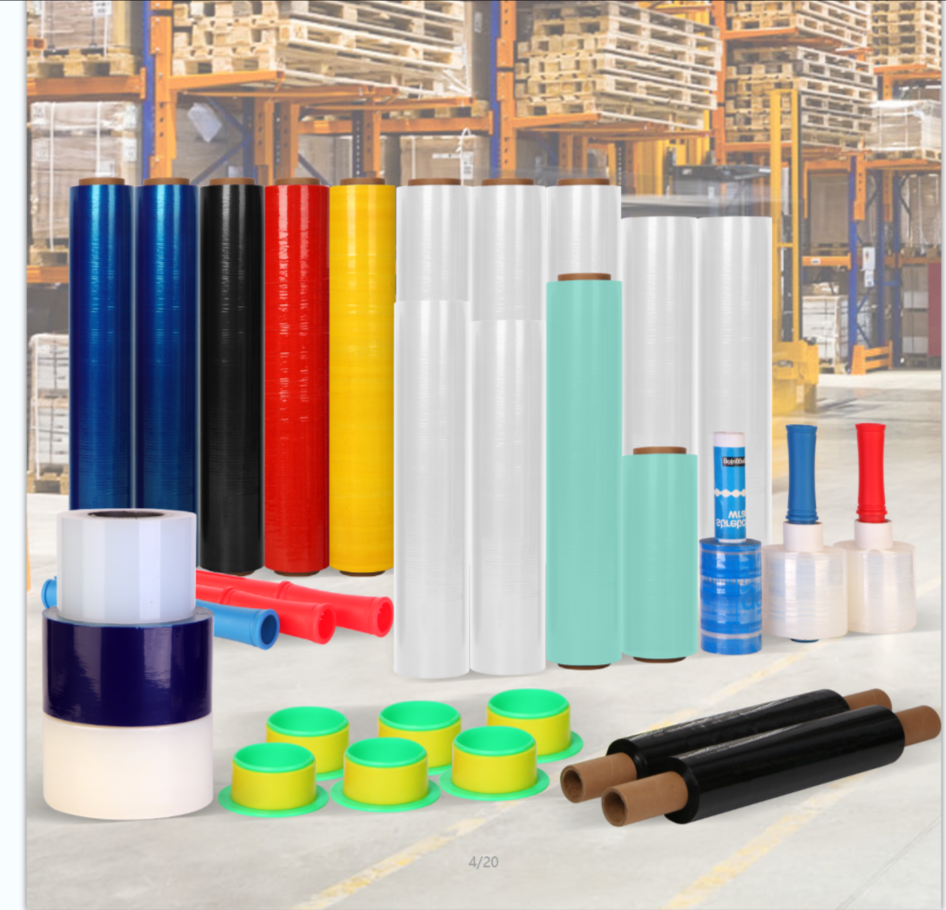Innovative Sustainable Packaging Solutions for Chocolate Products and Their Environmental Impact
Paper Packaging for Chocolate A Sustainable Shift in the Confectionery Industry
In recent years, the chocolate industry has witnessed a significant transformation in packaging practices, particularly with a shift toward more sustainable and environmentally friendly options. Among these alternatives, paper packaging has emerged as a frontrunner in the quest for eco-conscious solutions. This article explores the evolution of chocolate packaging, the benefits of paper as a sustainable option, and the challenges and innovations that accompany this transition.
The Need for Sustainable Packaging
The necessity for sustainable packaging arises from the increasing awareness of environmental issues linked to plastic waste. The chocolate industry, like many others, has historically relied heavily on plastic materials for packaging due to their convenience, durability, and moisture resistance. However, the environmental impact of single-use plastics has raised questions about their long-term viability. According to recent statistics, approximately 300 million tons of plastic are produced annually, contributing significantly to pollution and landfill overflow. As consumers become more environmentally conscious and demand sustainable options, businesses must adapt or face potential backlash.
Advantages of Paper Packaging
1. Biodegradability One of the most significant advantages of paper over plastic is its biodegradability. Paper can break down naturally within a short period, especially when sourced from sustainable forestry practices. This characteristic minimizes the long-lasting impact of packaging waste on the environment.
2. Recyclability Paper products are widely recyclable, with established systems in place in many countries. The recyclability of paper contributes to a circular economy, reducing the need for virgin materials and minimizing waste.
3. Aesthetic Appeal The visual and tactile qualities of paper can enhance the consumer experience. Many chocolate brands are opting for kraft paper or beautifully designed paper wraps that evoke a sense of luxury and craftsmanship, appealing to consumers' desire for aesthetically pleasing products.
4. Customizability Paper packaging allows for greater flexibility in design. It can easily be printed with vibrant colors and intricate designs, making it an attractive option for marketing high-end chocolates. Customizable paper packaging can also tell a story about the brand’s commitment to sustainability, further engaging eco-conscious consumers.
paper packaging for chocolate

5. Barrier Properties Innovations in paper technology have improved its moisture and odor barrier properties, making it viable for packaging chocolate. Special coatings and treatments can enhance the performance of paper, providing adequate protection for perishable products without compromising sustainability.
Challenges in Implementation
Despite its many advantages, the transition to paper packaging for chocolate is not without challenges. One of the primary concerns is ensuring the preservation of chocolate quality during transport and storage. Chocolate is sensitive to temperature and humidity, necessitating effective barrier properties to maintain its freshness and prevent moisture absorption.
Additionally, the sourcing of paper must be carefully managed to prevent deforestation and ensure that the raw materials come from sustainable, responsible sources. Companies must balance the trade-offs between sustainable practices and the potential increase in costs associated with eco-friendly paper products.
Innovations and Future Directions
To address these challenges, the industry is witnessing ongoing innovations in paper formulation and treatment technologies. These advancements focus on enhancing the functionality of paper while maintaining its eco-friendly credentials. For example, bio-based coatings are being developed to improve barrier properties without using petroleum-based materials.
Moreover, partnerships between brands and sustainable paper manufacturers are emerging, fostering a collaborative approach to sustainability. As consumer preferences increasingly lean toward environmentally responsible practices, brands that embrace paper packaging may gain a competitive edge in the marketplace.
Conclusion
As the chocolate industry moves toward a more sustainable future, the adoption of paper packaging represents a promising direction. With its biodegradability, recyclability, and aesthetic appeal, paper offers a viable alternative to traditional plastic packaging while aligning with consumer demand for eco-friendly practices. While challenges remain in preserving product quality and sourcing materials sustainably, ongoing innovations signal a positive shift in the industry. As more brands commit to sustainable packaging solutions, the chocolate market could soon become a leader in environmentally conscious practices, setting a benchmark for other sectors to follow.
-
The Best Uses for Small Trash Bags in Daily LifeNewsJul.01,2025
-
Stylish Reusable Grocery Bags TrendsNewsJul.01,2025
-
Shipping Advantages of Using Bubble Envelopes BulkNewsJul.01,2025
-
How Compostable Mailing Bags Reduce Environmental ImpactNewsJul.01,2025
-
Environmentally - Friendly Bulk Poly MailersNewsJul.01,2025
-
Eco Friendly Custom Laminated Tote BagsNewsJul.01,2025
-
Have the freedom of customizing your custom mailers any way you want! Our dedicated packaging support will help deliver you the mailing experience you need to elevate your shipping experience to the next level! Start making a strong impression on your customers and stand out from your competitors! -
LIYA uses high quality raw materials which directly purchased from large enterprises domestic and overseas such as PetroChina, Sinopec, Sabic, Equate, ExxonMobil, Dow Chemical, Total, and Borouge, ensuring the price advantage and quality of the raw materials. -
LIYA uses high quality raw materials which directly purchased from large enterprises domestic and overseas such as PetroChina, Sinopec, Sabic, Equate, ExxonMobil, Dow Chemical, Total, and Borouge, ensuring the price advantage and quality of the raw materials.





